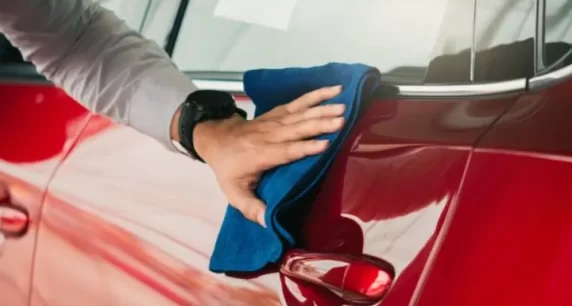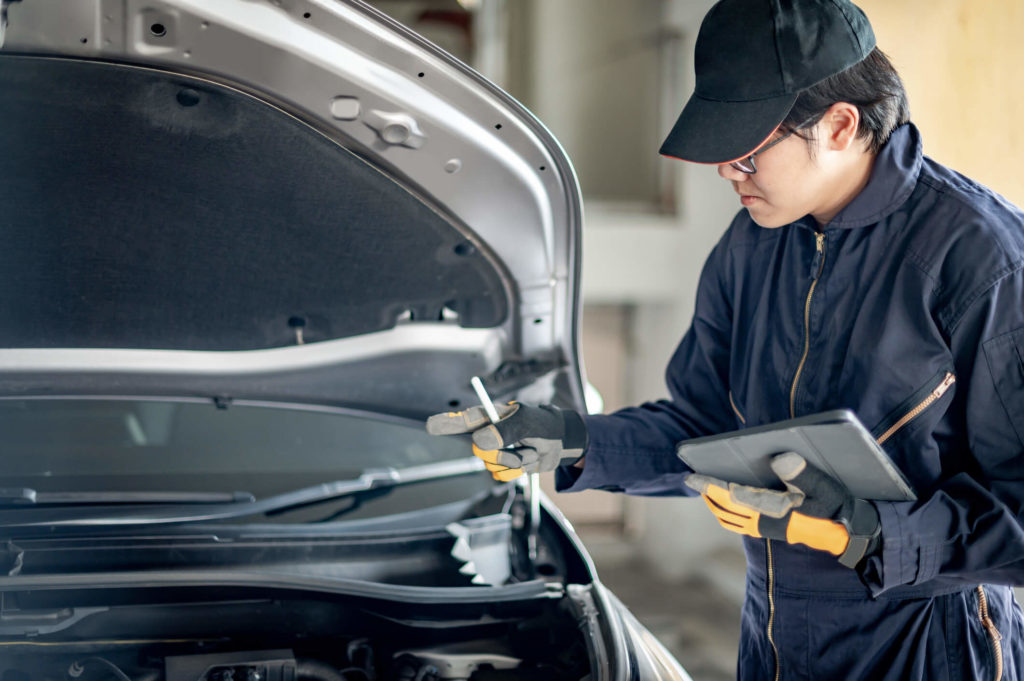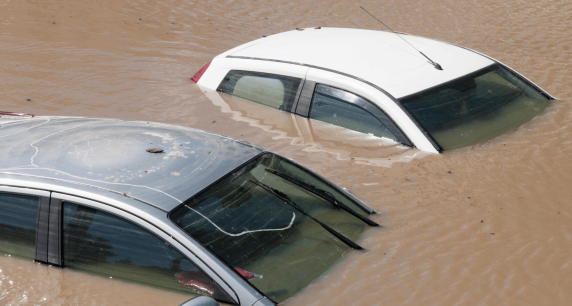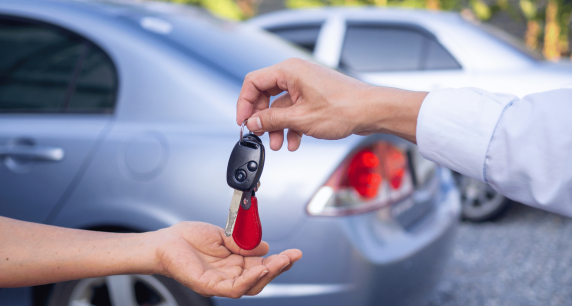The Best Ways to Care for Your Car Above 160,000 KM

It has been a long road for your vehicle. Over the course of your life, you have traveled many miles and been down countless roads. In spite of this, you have now reached (or even exceeded) the 160,000 km mark on your car. Yet, you can still extend the lifespan of your car for many more years by taking the appropriate steps and keeping it in good working order even if your car has now been classified as “high mileage.”
This article will provide you with an overview of what to expect when your car ages, as well as a checklist you can use to maintain your car for 160k km, so you can keep your car running smoothly for many years.

HOW DOES THE AGEING OF A CAR AFFECT IT?
In today’s automotive industry, cars are designed to last longer, and with the right care, they can even last up to 320,000 km with proper maintenance. As a start, it is important to remember that when it comes to cars, age is nothing more than just a number. Mileage is often a better metric to determine the age of your vehicle than its manufacture year, since it tends to wear down your car regardless of how old it is.
Furthermore, there are certain parts of your car that degrade rapidly with frequent use, like some gaskets, hoses, and filters. These are parts that wear out or age at a different rate. In addition, if you adhere to a regular, proper maintenance schedule, other vehicle components, such as your car’s engine and body, can be able to weather an increase in mileage.
There is a good chance that when ‘minor’ issues are left unchecked, a vehicle with a higher mileage will require extensive (and expensive) repairs. High-mileage cars are frequently subject to problems such as transmission failures, oil leaks, timing belt failures, and water pump leaks. As your vehicle’s mileage increases, you should be able to check in on it frequently.
In any case, regardless of your general age or mileage, it is always a good idea to be aware of any warning signs that something is not quite right under the hood. After all, leaks, rackets, and any other telltale signs that something is out of place are all perfectly normal signs.

MAINTENANCE CHECKLIST FOR 160K KM
As your car has reached 160k KM, you may be wondering how to take care of it. First and foremost, you should follow the manufacturer’s recommended maintenance schedule. However, you can also follow this maintenance checklist tips to be sure everything is in working condition.
A. PRIORITIZE THE CHANGE OF OIL
Your vehicle’s health depends on regular oil changes. You need to keep your engine lubricated, cool, and working properly by keeping your engine oil changed regularly. Over time, it dirties, leading to sludge build up. You should change your engine’s oil and top-off the engine regularly to keep it running smoothly. Driving with dirty engine oil can reduce both the life of your engine and your car.
B. BE MINDFUL OF MAINTENANCE
Make sure to have your car inspected at every oil change and replace worn parts as soon as possible. These components should be checked and replaced as needed:
-
Filters
-
Spark Plugs
-
Belts
-
Hoses
-
Gaskets
-
Shocks/Struts
A preventative maintenance schedule can help you avoid big problems from cropping up in the future. Getting your vehicle inspected regularly and doing small repairs can prevent issues from becoming bigger and more costly.
C. REGULARLY CHECK YOUR FLUIDS
Maintain your 160k km vehicle by regularly checking in on these fluids as it ages. Your vehicle will likely lose valuable fluids along the way or they may need to be replaced. In some cases, whenever a fluid is drained more quickly than usual, you should have an expert look at your tanks and hoses. An automotive technician should be able to verify if your fluids appear contaminated along with making sure you have the right amount. You should also watch out for fluids that smell off, look too thick, are visibly dirty, or are the wrong color. If you notice a problem with one of your car’s fluids, you should take it for service.
D. CHECK YOUR BATTERY
As batteries age, they lose their ability to hold a charge. Most cars need to replace their batteries every three to five years. However, faulty alternators and weather conditions may require more frequent replacements. There are a number of things you need to stay aware of once the car is over 160k km in order to keep your battery and electrical system in good shape. Regularly clean and inspect your battery case in order to make sure it is not leaking or corroding. As soon as you see a leak in your battery, bring it to someone who specializes in battery maintenance so that it can be cleaned up properly. Battery acid can be hazardous to you and your vehicle, so let a professional handle the job.
E. CHECK YOUR TYRES
The tires on your car are responsible for providing traction, stopping power, and keeping it firmly grounded on the road, so you’ll want to pay close attention to them. You also may see a decrease in fuel economy as well as damage to other components if you drive on worn tires. Having trouble deciding if your tires need replacing? If your tires are in good overall condition and have at least 2/32 inches of tread depth, you should not need to replace them. To check whether your tires have adequate tread, use the penny test. In addition to checking the tread on your tires, you should rotate them regularly and have them aligned so that they wear evenly over time.
F. CHECK YOUR BRAKES
In your vehicle, your brakes are more important than anything else. Like any other vehicle component, how often you drive and how you drive will determine how often you should replace them. Approximately every 40,000 to 96,000 km, brake pads need to be replaced due to wear and tear. A worn brake pad can damage your rotors and calipers, which can be expensive to replace. Therefore, you can maintain your vehicle by having your brake pads checked and replaced regularly.
I. WASH & WAX YOUR CAR
The regular washing and waxing of your car is more than just a cosmetic step. Frequent washing helps keep your car’s body free of corrosion and damage. It’s important to wash your car or give it a suds-up every now and then to keep it free from pollen, bugs, dirt, and other debris. It’s also important to remove salt from the roads and caked-on mud right away so the paint job looks fresh and unblemished.



